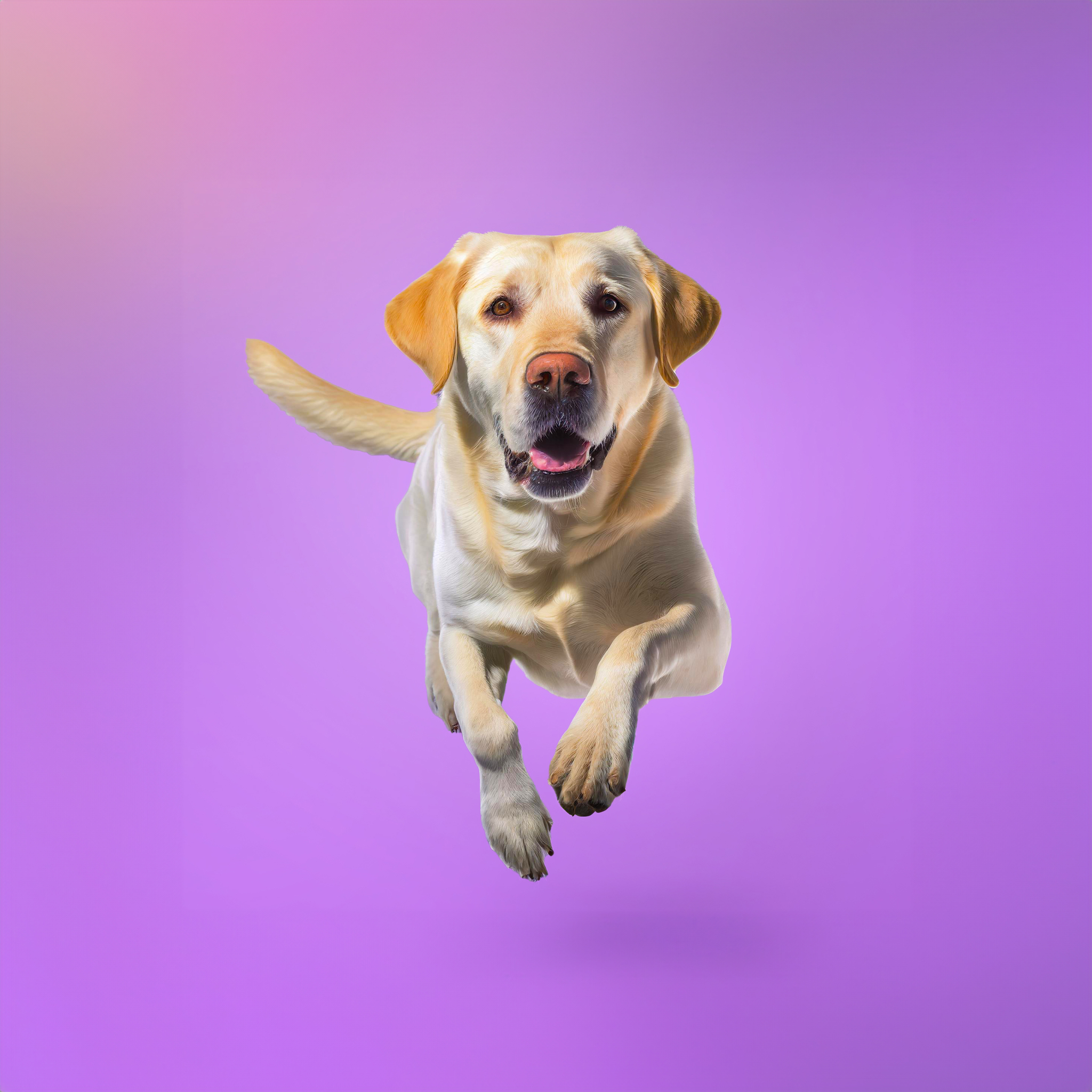Hip Dysplasia
Hip dysplasia is one of the most common pathologies among the deformations of the musculoskeletal system. Hip dysplasia is the result of a developmental disorder of connective tissue and its weakness. As usual, this condition is caused by the underdevelopment of the hip joint and its elements.
To prevent hip dysplasia and reduce stress on the joints, it’s vital to keep your companion animal’s weight within the expected range. Ensure a balanced diet and try to avoid excessive physical activity. Choose a competent veterinarian who will regularly screen the thigh to reduce the risk of disease development and, if a problem is detected, will properly guide the treatment process.
Heart Diseases
Like other large breeds, Labrador Retrievers may be prone to heart disease. Regular exercise is critical to maintaining cardiovascular health, improving circulation, and maintaining a healthy weight. It’s advisable to pay special attention to nutrition. A diet rich in omega-3 fatty acids can work to reduce the risk of developing heart disease in important members of our family. To effectively monitor heart health, schedule regular veterinary examinations and pay special attention to this process as your beloved companion gets older.
Hereditary Myopathy
Myopathy is a muscle disease that develops as a result of improper functioning of muscle tissues. Myopathy causes muscle weakness in companion animals. Since the casualties of myopathy are varied, a targeted cure for this issue may require drug treatment, physical therapy, massage, or surgery.
High-quality dog food, which contains an adequate amount of protein, will significantly contribute to the development of muscles and their strength. Adding vitamins such as vitamin E, vitamin D, and B to the diet will also have a positive effect on the muscle health of your important family member. However, be sure to consult a nutritionist before adding any type of vitamin to your companion animal’s diet.
Before acquiring a new family member, studying their genetic history is a characteristic of competent parents. For this reason, we recommend choosing a breeder who tests companion animals for genetic disorders before mating.
Eye Problems
Because of their tendency for eye problems, regular vet checks of your Labrador’s eyes are vital to early detection and management of the problem. To prevent eye concerns, feed your important family members foods rich in vitamins A, C, and E. It’s also important to keep your companion animal away from harmful environmental factors such as strong sunlight and winds. If you notice any symptoms related to eye discomfort, contact your veterinarian immediately. Regular veterinary consultations and a balanced diet guarantee the health of your precious companion.

